Meta's CEO Mark Zuckerberg introduces a prototype of a new VR headset that gives you a 'realistic experience' in a movie

With a magnificent
Meta VR Prototypes Aim to Make VR'Indistinguishable From Reality'
https://www.roadtovr.com/meta-vr-headset-prototypes-visual-fidelity-indistinguishable-from-reality/
Mark Zuckerberg has so many VR headset prototypes to show us --The Verge
https://www.theverge.com/2022/6/20/23172503/mark-zuckerberg-meta-vr-headset-prototype-reveal-butterscotch-sunburst-holocake-mirror-lake
Four prototypes are lined up in front of CEO Zuckerberg. According to Zuckerberg, Meta aims for a realistic experience, so when developing a VR headset, the four issues of 'retinal resolution,' 'varifocal,' 'distortion,' and 'HDR' are called 'visual Turing tests.' It seems that he was considering it at.
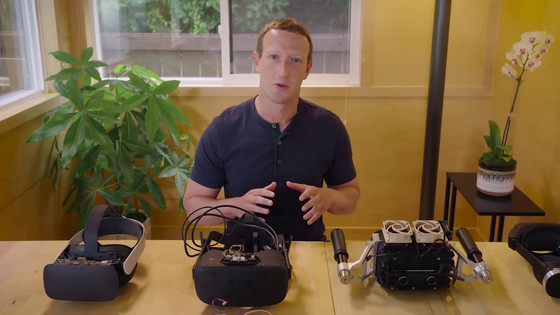
First of all, about 'retinal resolution'. The prototype 'Butterscotch' for pursuing a retinal resolution display that reproduces the resolution of the human eye has achieved 60PPD (Poxel Per Digree) in resolution per field of view.
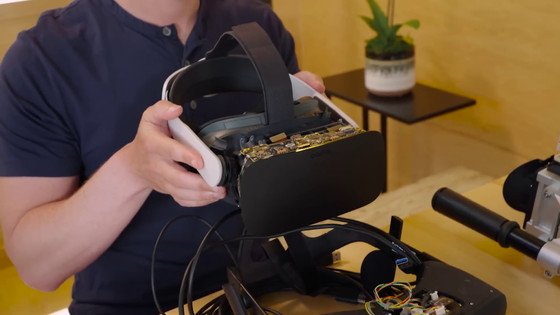
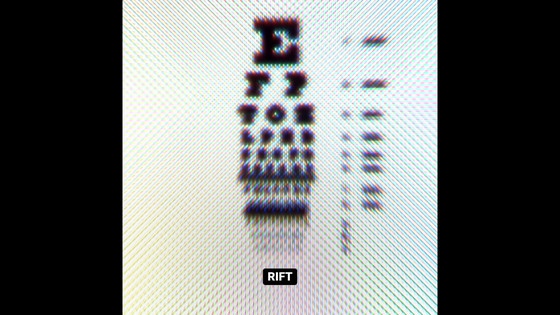
The standalone headset
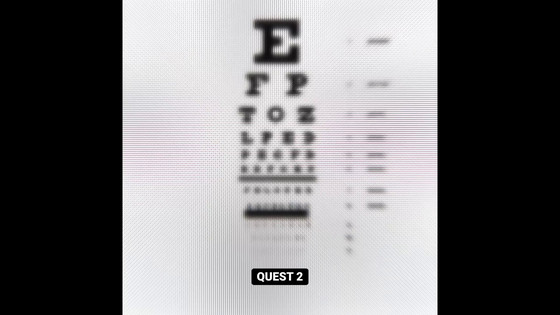
And this is the butterscotch screen. VR headsets that reproduce retinal resolution have existed so far, but due to lens problems, only the center area is 60PPD and the periphery is about 30PPD. However, the butterscotch screen does not appear to change the resolution of the entire field of view.
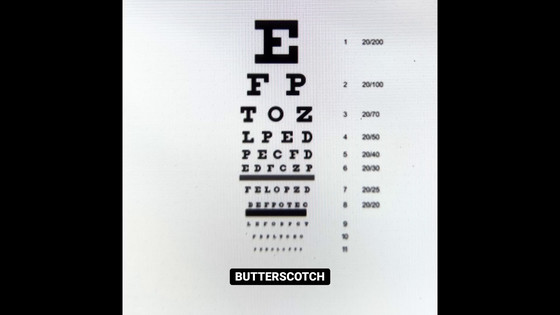
Next, about 'Varifocal'.
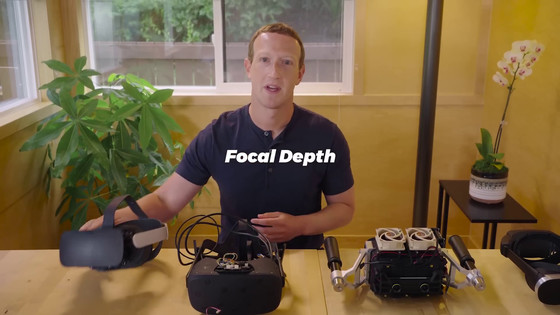
Prototype 'Half Dome' to realize a varifocal that changes the depth of field of the entire field of view by adjusting the field of view of the right eye and the left eye
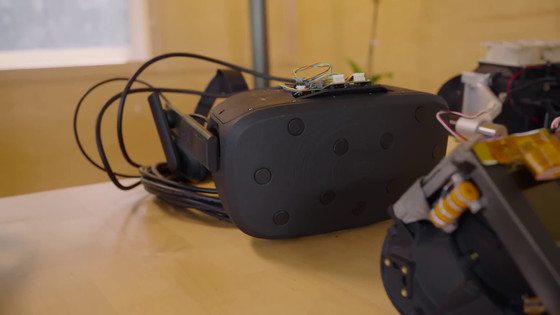
Varifocal is a function to express the perspective of the front and back. As shown below, in the two overlapping frog photos, if you focus on the back photo, the front photo will be blurred. Half Dome seems to be able to focus on any object at any distance.
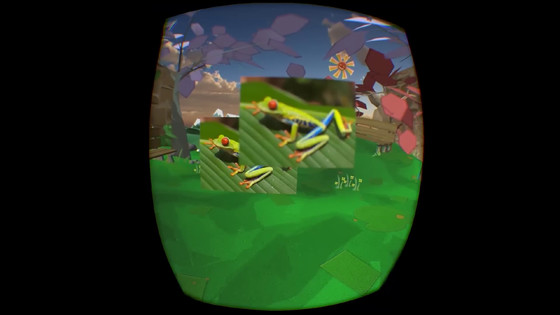
When you turn off Varifocal, the objects you bring to the front in the VR space remain blurry.
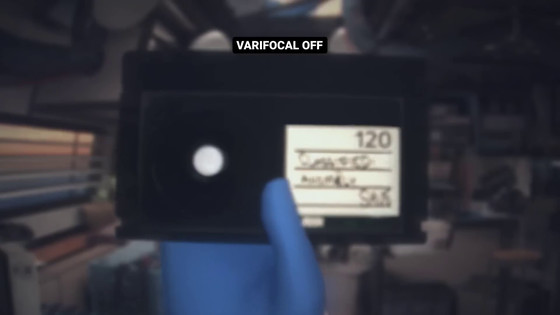
When you turn on Varifocal, you can see clearly what you bring nearby and the background is blurred ...

If you move it away, the background will also be in focus. The change in depth of field is important information for obtaining a sense of perspective in the real world, and even in VR, the immersive feeling is further improved by reproducing this change in depth of field with a varifocal.
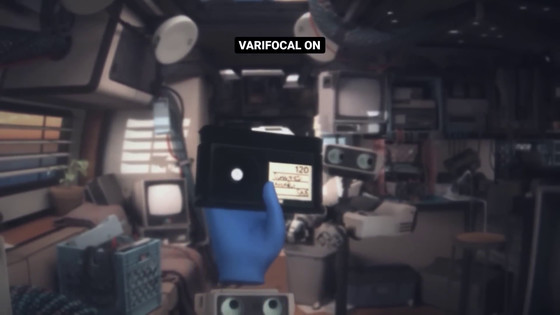
'Distortion' is the distortion that occurs in the light that passes through the lens. By viewing the image on the display through the lens, the color of the light is decomposed, the resolution at the edge of the field of view is blurred or blurred, and the optical axis is misaligned with the lens of the eye
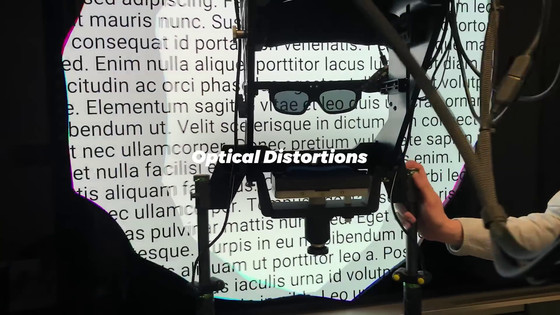
And about HDR that displays the brightness more widely.
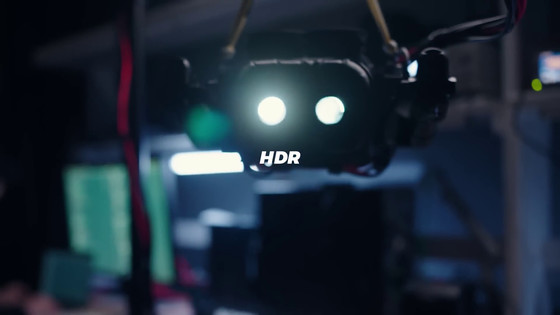
This is the 'starburst' for experiencing HDR in VR. It has a huge fan exposed.
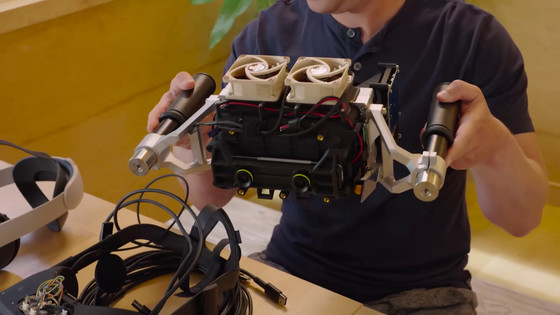
The maximum brightness of the display built in Oculus Quest 2 is 100 nits, and even with high-end HDRTV it is about 2000 nits, but the maximum brightness of the starburst display is 20,000 nits. The higher the maximum brightness, the more the expression of the width of the brightness of the display. 'For the first time, a realistic experience will be possible with 10 to 100 times the brightness of the conventional model,' said Zuckerberg.

Meta is aiming to commercialize the technology developed in this way within a few years. And a prototype of how to make a headset packed with these technologies thinner and lighter ...
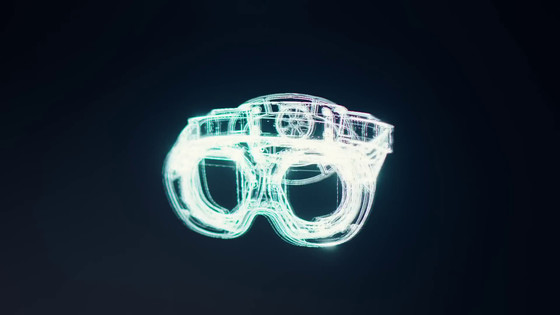
This is 'Holo Cake 2'. As the name 'holocake' suggests, in order to reduce the volume of the headset, it is characterized by combining a pancake lens with a 'holographic lens' that has a holographic film embedded and is significantly thinner than conventional lenses. ..
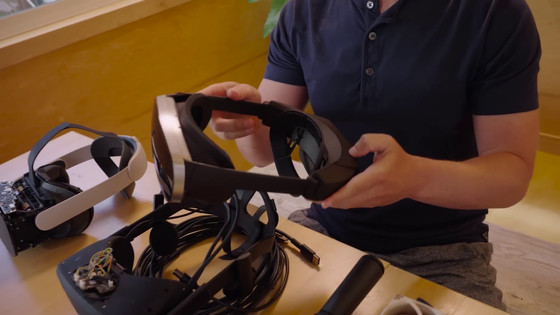
Wearing Holo Cake 2 ...

Zuckerberg smiled with a smile.
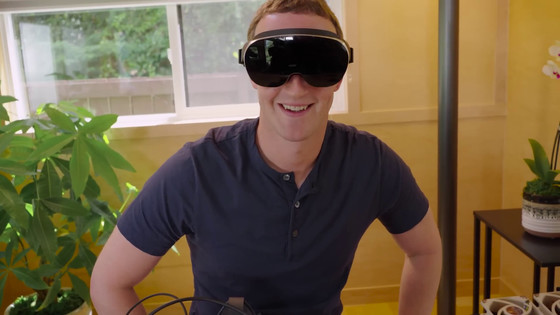
Related Posts:







